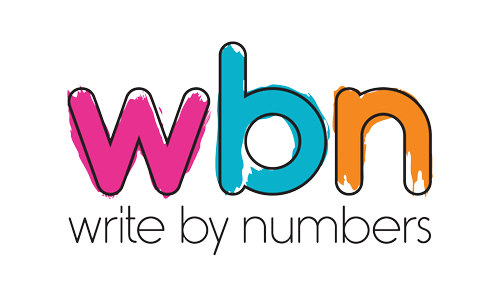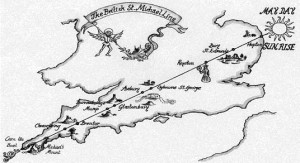Adrian Mole
Hello! This is my first blog for Write By Numbers. I have worked on various projects with the company since their first ever Cold Writing festival in Brixton Market in 2009. After last year’s run of Blueprint at the Bike Shed last year I came on board as Associate Artist which has been brilliant and there are lots of exciting things on the horizon!
My first blog post is my personal tribute to my favourite character Adrian Mole. I was deeply saddened to hear of Sue Townsend’s death last week as her writing has been something I’ve come back to throughout my life and really affected the way I viewed the world and shaped my humour.
I first read ‘The Secret Diary of Adrian Mole Aged 13 ¾’ at the age of 8. I picked it up on one of my weekly trips to Hammocks. All book purchases were based on how snazzy I deemed the cover and this method of selection led to the discovery of literary gems! Post purchase my Mum would take a quick look and make sure I had picked up something decent. Sweet Valley High was scorned and a Point Horror ended up in the bin with ketchup on it. This may sound harsh but I quickly discovered the difference between trashy reading and contentious subject matter. . Adrian Mole and his yearnings for Pandora, were A-Okay! Just because the protagonist talked a lot about nipples, did not necessarily mean the book was trashy.
If only my Year 4 teacher at my uber conservative primary school agreed.
I had written (and illustrated) a review of ‘The Secret Diary of Adrian Mole’. After listening to other Year 4 classmates read aloud their reviews of The Famous Five and stories about girls doing ballet, I stood up and started my review with a direct quote about Adrian being interrupted by the postman whilst measuring his ‘thing’ in the privacy of his bedroom. The experience of surviving and dismissing the disapproving silence that followed has served me well. Like Adrian, I assumed they were all morons who didn’t get it.
Thanks to Adrian, I learned:
– What wanton means
– That Germaine Greer wrote an important book called The Female Eunuch. Sure I thought a Eunuch was a unicorn, but I was 8.
– You fail, everyone fails…and you carry on, Adrian always had one more ‘Waiting for the Giro’ or “The Tap” to pluck from his brain, however often his writing got rejected.
– There is a Norwegian leather industry
– Your parents are separate beings and will do what they want
– What the Falklands War was
– What the Giro was
– Popular public perception of Margaret Thatcher. “She has got eyes like a psychotic killer, but a voice like a gentle person. It is a bit confusing”
– What the Communist Party was
– Never to sniff glue
– That to be an intellectual is aspirational
– That when a teenager, it would be okay to want to wear rags and paint my room black
– That no matter how special you think you are there is always a Barry Kent who infuriatingly bulldozes over you.
Throughout marriages, divorces, demeaning jobs, bankruptcy, arson and a tussle with a troublesome group of endangered newts, he never stopped questioning the world or his place in it. He never stopped dreaming or imagining, no matter how many times he was left disappointed.
As well as Adrian Mole, Sue also wrote the first play I ever read, Bazaar and Rummage. She introduced me to what I love the most in books, theatre, movies : the greatness and profundity in people’s small personal stories.

